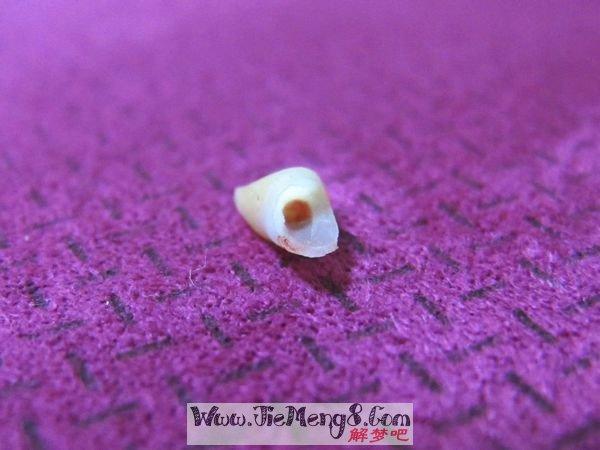海歸學者發起的公益學術平台
分享信息,整合資源
交流學術,偶爾風月

認識和開發富電子的電子化合物,有望為各類電子和催化應用領域提供新的機會。
來自北京高壓科學研究中心的缑慧陽教授和東京理工大學的Hideo Hosono教授領導的團隊,開發了一種基于幾何識别和高通量從頭算的材料篩選策略,以從各種化學計量的钇/钪氯化物(Y(Sc)xCly,y:x<2)及其組合物中識别出新的一類準1D、2D電子化合物。他們發現這些材料具有獨特的特征,比如R-Cl緊密堆積結構(R為Y或Sc)和八面體骨架拓撲結構,在這個八面體框架拓撲中發現了陰離子電子。他們通過[YCl] ∙e−和[ScCl] ∙e−準2D電子化合物和 [Y2Cl3] ∙e−、[Sc7Cl10] ∙e−、[Sc5Cl8]2 ∙2e−以及二價金屬元素(Sc2 :3d1和Y2 : 4d1)準1D電子化合物而精确地量化了電子化合物的各種電子維數。準1D、2D電子化合物的局部陰離子電子被限制在内層空間中,而不象A2B-型2D電子化合物(如Ca2N)那樣在層間空間中。此外,當氫原子被引入主體結構形成YClH和Y2Cl3H時,産生的相轉變為常規的離子化合物,但由于費米能級的增加而表現出驚人的功函數降低,這與迄今為止報道的常規電子化合物相反。其中的Y2Cl3就與所分析的其他帶有鐵磁性的電子化合物不同,它是一個半導體,實驗測得其帶隙為1.14 eV 。這些結果可能有助于促進新的電子化合物材料的理性設計和理性探索,為後續技術應用奠定基礎。
該文近期發表于npj Computational Materials 4: 77 (2018),英文标題與摘要如下,點擊左下角“閱讀原文”可以自由獲取論文PDF。

Identifying quasi-2D and 1D electrides in yttrium and scandium chlorides via geometrical identification
Biao Wan, Yangfan Lu, Zewen Xiao, Yoshinori Muraba, Junghwan Kim, Dajian Huang, Lailei Wu, Huiyang Gou, Jingwu Zhang, Faming Gao, Ho-kwang Mao & Hideo Hosono
Developing and understanding electron-rich electridesoffers a promising opportunity for a variety of electronic and catalyticapplications. Using a geometrical identification strategy, here we identify anew class of electride material, yttrium/scandium chlorides Y(Sc)xCly(y:x<2). Anionic electrons are found in the metal octahedralframework topology. The diverse electronic dimensionality of these electridesis quantified explicitly by quasi-two-dimensional (2D) electrides for [YCl] ∙e−and[ScCl] ∙e−and one-dimensional (1D) electrides for[Y2Cl3] ∙e−, [Sc7Cl10] ∙e−,and [Sc5Cl8]2 ∙2e−withdivalent metal elements (Sc2 : 3d1and Y2 :4d1). The localized anionic electrons were confined withinthe inner-layer spaces, rather than inter-layer spaces that are observedinA2B-type 2D electrides, e.g. Ca2N. Moreover,when hydrogen atoms are introduced into the host structures to form YClH and Y2Cl3H,the generated phases transform to conventional ionic compounds but exhibited asurprising reduction of work function, arising from the increased Fermi levelenergy, contrary to the conventional electrides reported so far. Y2Cl3wasexperimentally confirmed to be a semiconductor with a band gap of 1.14eV. These results may help to promote the rational designand discovery of new electride materials for further technologicalapplications.

更多精彩资讯请关注tft每日頭條,我们将持续为您更新最新资讯!




